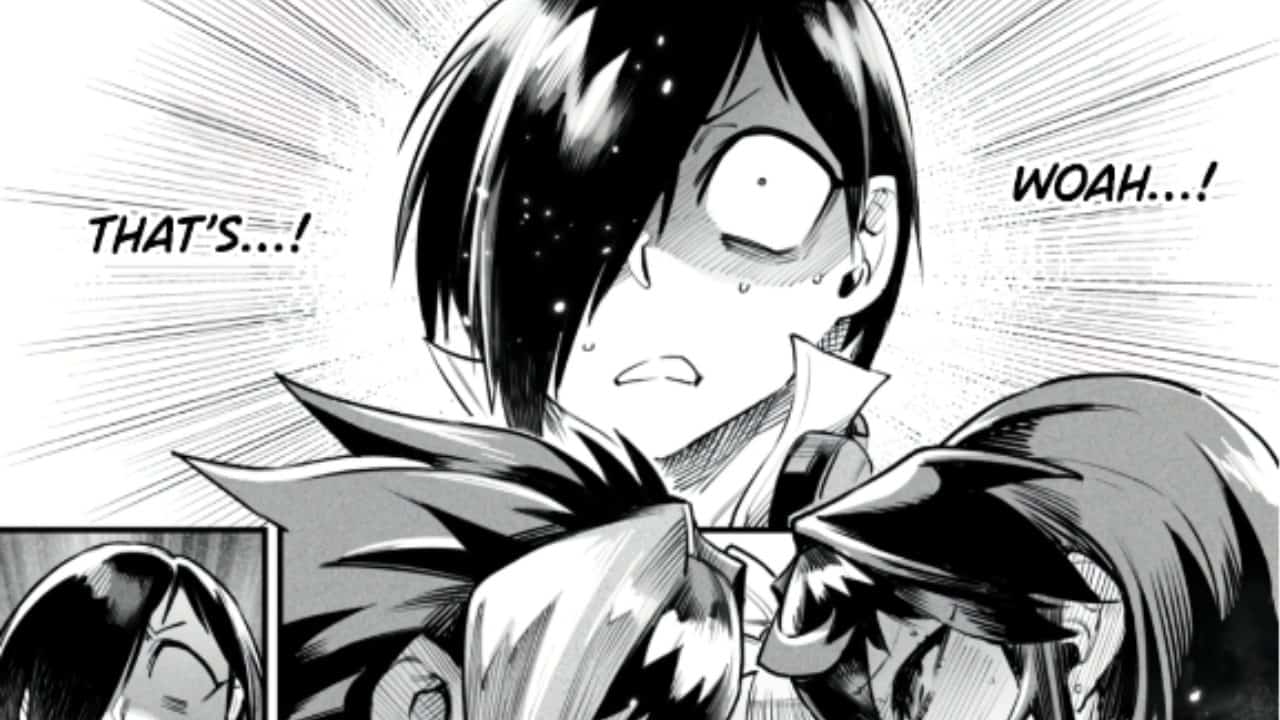In Reincarnation Colosseum Chapter 11, readers embark on an extraordinary journey through the annals of reincarnation and its profound implications. Delve into the intricate cycle of birth, death, and rebirth, unraveling the spiritual and philosophical threads that weave the tapestry of human existence.
This chapter brings forth a captivating cast of characters, each carrying the weight of their past lives. Witness the intricate connections between their past and present experiences, shaping their actions and motivations in ways both subtle and profound.
Reincarnation Cycle

Reincarnation is a fundamental belief in the chapter, which holds that after death, a soul is reborn into a new body. This cycle of birth, death, and rebirth is seen as a journey of spiritual evolution, where each life provides an opportunity for the soul to learn and grow.
Spiritual Implications
Reincarnation is believed to have profound spiritual implications. It suggests that the soul is immortal and that life is an ongoing process of learning and development. Each life provides an opportunity for the soul to overcome past mistakes, learn new lessons, and evolve spiritually.
Philosophical Implications
Reincarnation also raises important philosophical questions about the nature of identity and the meaning of life. If the soul is reborn into different bodies, what is the true nature of the self? And if life is an endless cycle of rebirth, what is the ultimate purpose of existence?
Characters and their Past Lives
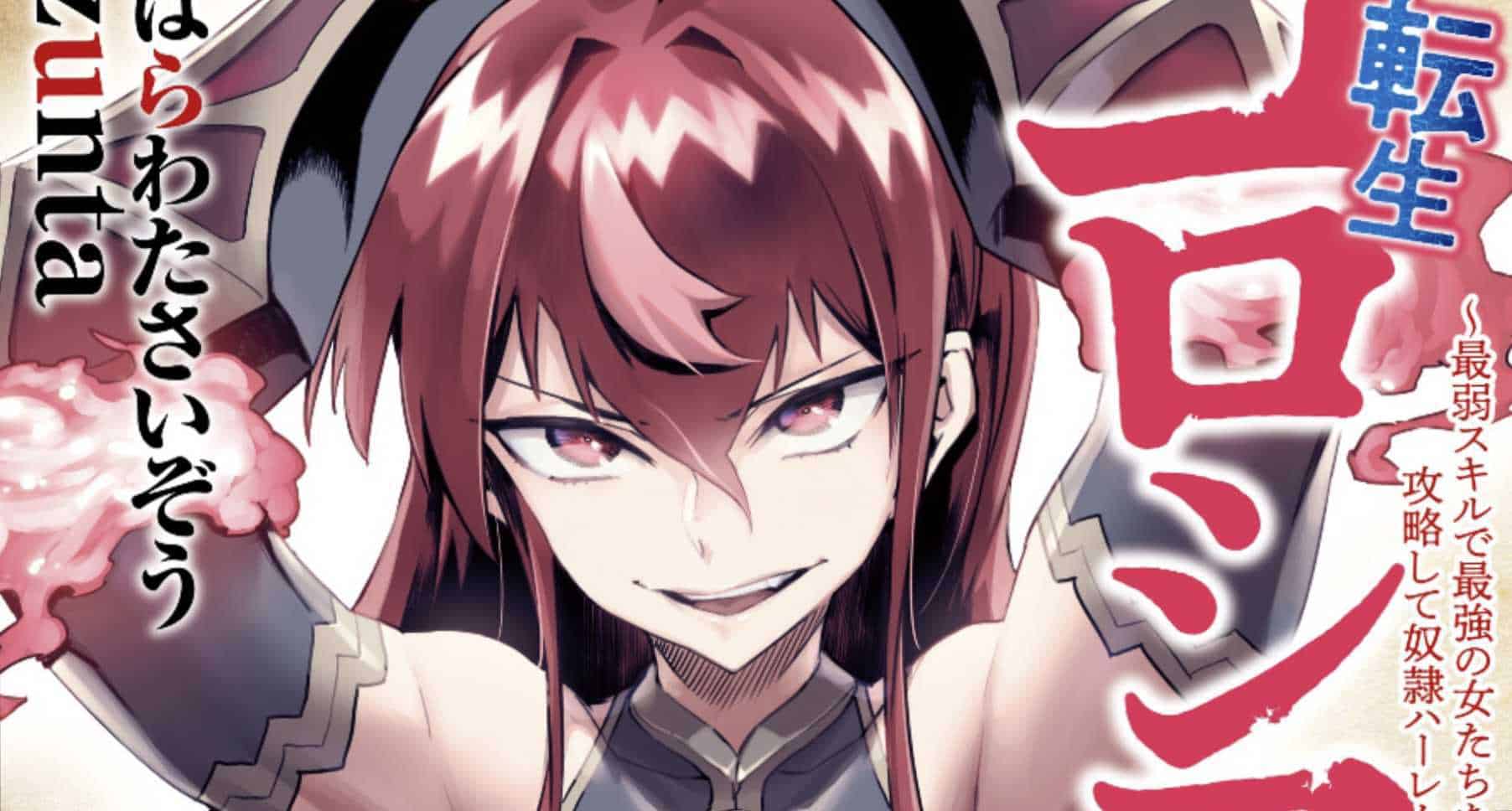
Chapter 11 introduces several characters with distinct past lives, shaping their current experiences and motivations. These connections provide insights into the characters’ development and the overarching themes of reincarnation and identity.
Anya and her Past Life as a Warrior, Reincarnation colosseum chapter 11
Anya, a skilled swordswoman, is revealed to have lived a previous life as a renowned warrior. This past experience has honed her combat abilities and instilled in her a deep sense of honor and discipline. Her past life also explains her unwavering determination and resilience in the face of adversity.
Luthier and his Past Life as a Musician
Luthier, a talented musician, carries the memories of a past life as a renowned composer. This experience has gifted him with an exceptional ear for music and a profound understanding of its emotional power. His past life influences his current passion for music and his ability to express himself through it.
Valeria and her Past Life as a Healer
Valeria, a skilled healer, is discovered to have been a revered healer in her past life. This experience has endowed her with a deep compassion for others and a natural ability to mend wounds. Her past life explains her nurturing nature and her unwavering commitment to helping those in need.
Colosseum as a Symbol
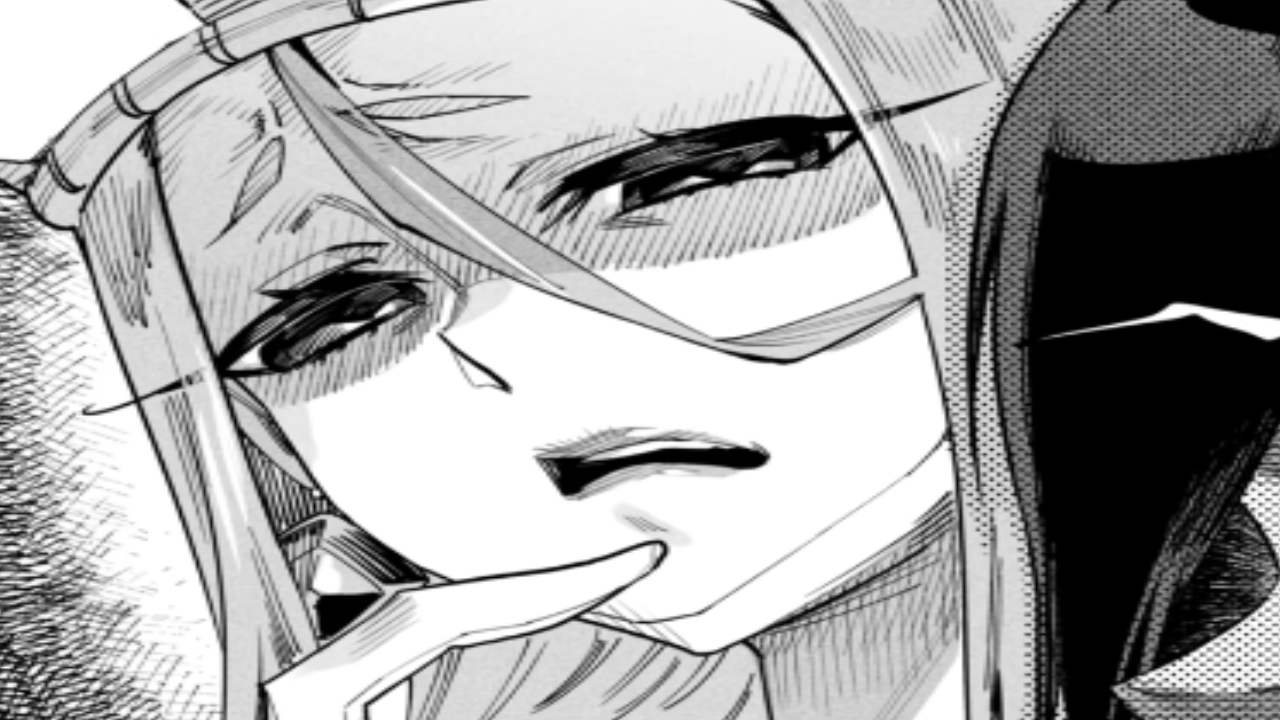
The Colosseum, an iconic Roman amphitheater, holds immense historical significance. Built in the 1st century AD, it was the largest amphitheater ever constructed, hosting spectacular gladiatorial contests, public spectacles, and executions.
In the chapter, the Colosseum serves as a potent symbol, evoking themes of reincarnation and redemption. Its vast arena, where countless lives were lost and spectacles unfolded, parallels the cyclical nature of existence and the struggle for redemption.
Parallels with Reincarnation
- The Colosseum’s circular shape echoes the cyclical nature of reincarnation, where death leads to rebirth.
- The bloody contests and sacrifices witnessed within its walls represent the trials and tribulations faced by souls seeking liberation.
- The arena’s tiered seating, where spectators witnessed the spectacles, symbolizes the different levels of consciousness and understanding attained in the journey of reincarnation.
Parallels with Redemption
- The Colosseum’s history as a site of both violence and entertainment suggests the possibility of redemption through suffering.
- The gladiators who fought in the arena were often prisoners or slaves, offering a glimpse of the potential for redemption even in the darkest of circumstances.
- The Colosseum’s transformation into a tourist destination and a symbol of Rome’s enduring legacy hints at the possibility of finding redemption in the face of adversity.
Redemption and Spiritual Growth: Reincarnation Colosseum Chapter 11
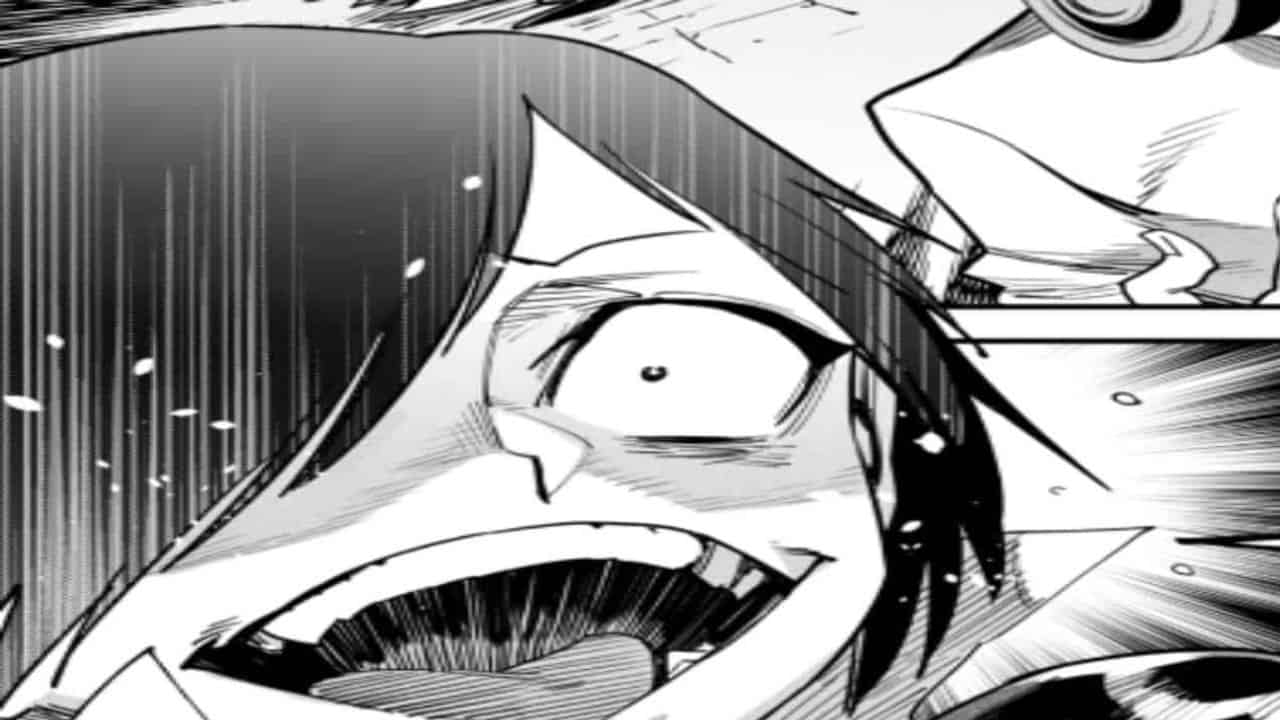
The concept of reincarnation serves as a driving force for the characters’ journeys of self-discovery and transformation. Each character embarks on a unique path, seeking redemption for past transgressions and striving for spiritual growth.
The chapter highlights the transformative nature of the colosseum, where battles become catalysts for personal growth. Characters confront their inner demons, overcome obstacles, and forge new connections, all contributing to their spiritual evolution.
Redemption through Confrontation
The colosseum provides a space for characters to confront their past mistakes and seek redemption. Through intense battles, they are forced to confront their weaknesses and learn from their failures. This process of confrontation allows them to break free from negative patterns and embark on a path towards self-improvement.
Growth through Connection
The colosseum also fosters a sense of community among the fighters. Characters form bonds, share experiences, and support each other through their struggles. These connections provide a foundation for personal growth, as characters learn from one another and gain a deeper understanding of themselves and their place in the world.
Reincarnation as a Catalyst for Transformation
The concept of reincarnation plays a pivotal role in the characters’ growth and redemption. The knowledge that their past lives have shaped their present experiences empowers them to take ownership of their actions and strive for a better future. By embracing the lessons learned from their past incarnations, characters are able to break free from the cycle of suffering and embark on a path towards spiritual enlightenment.
Final Wrap-Up
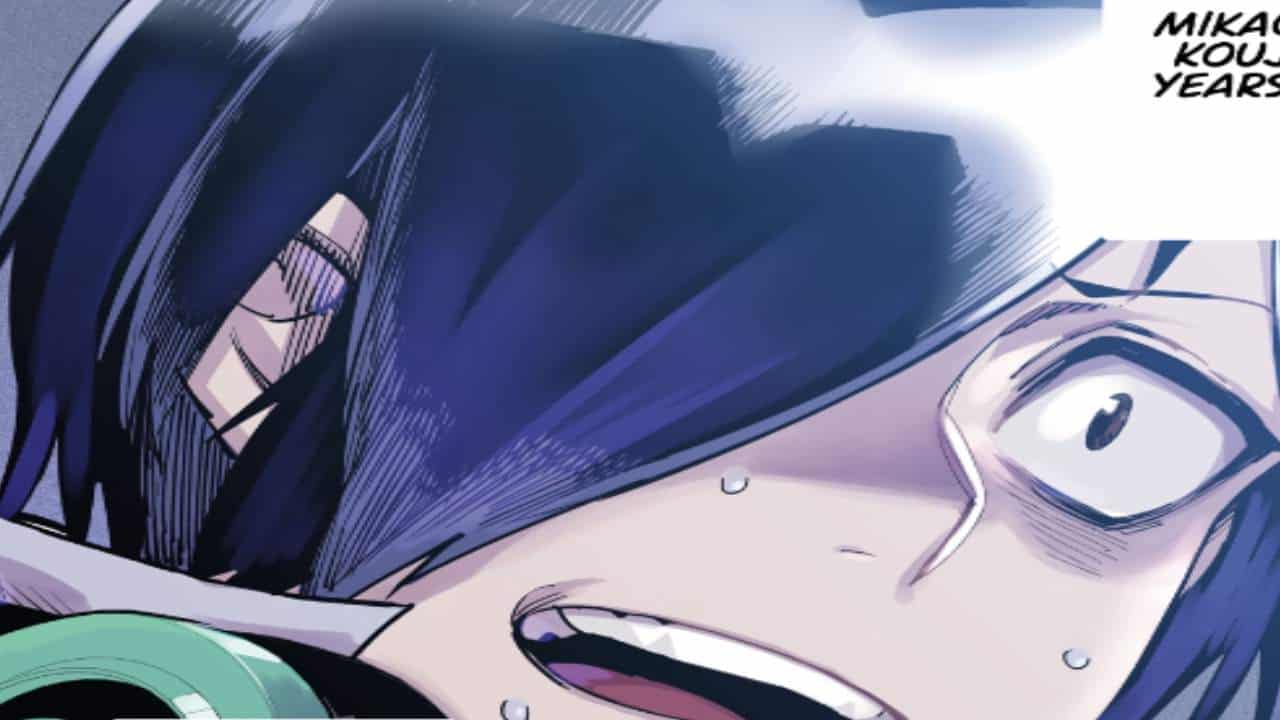
Reincarnation Colosseum Chapter 11 culminates in a profound exploration of redemption and spiritual growth. Follow the characters’ transformative journeys of self-discovery, as they navigate the complexities of their past lives and seek to forge a path towards enlightenment. The concept of reincarnation serves as a catalyst for their growth, offering a glimmer of hope and the possibility of redemption amidst the trials and tribulations of life.
Essential Questionnaire
What is the significance of the Colosseum in Chapter 11?
The Colosseum serves as a potent symbol, evoking the historical arena where gladiators fought for their lives. In this chapter, it represents the metaphorical battleground where characters confront their past and strive for redemption.
How does reincarnation influence the characters’ actions?
Reincarnation shapes the characters’ motivations and choices. The memories and experiences of their past lives linger, influencing their present actions and setting them on a path towards either redemption or retribution.
